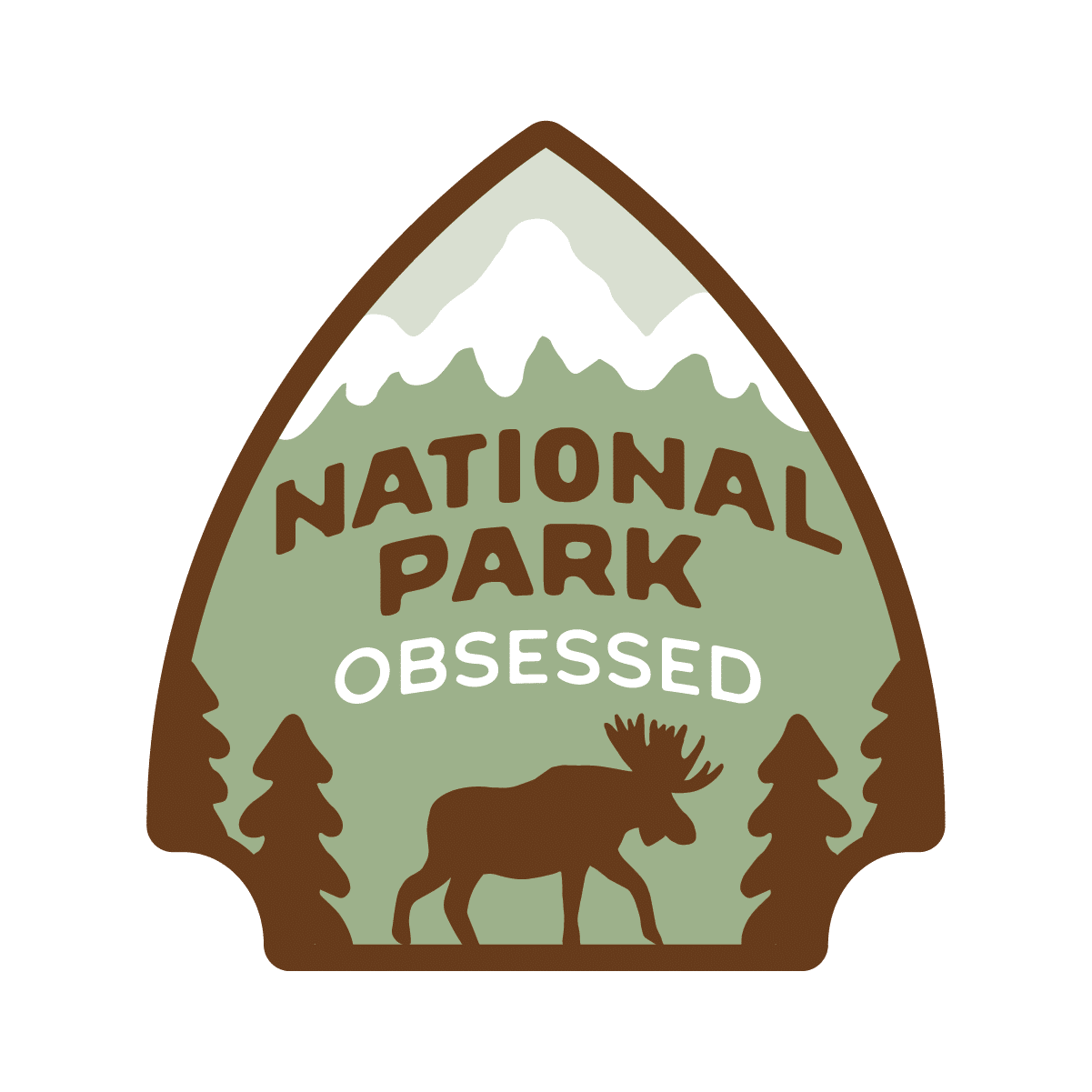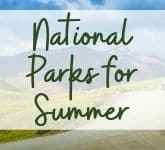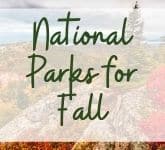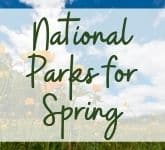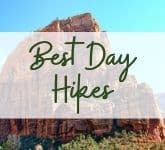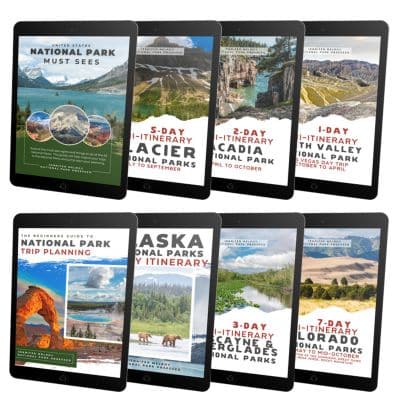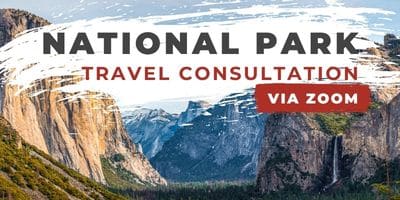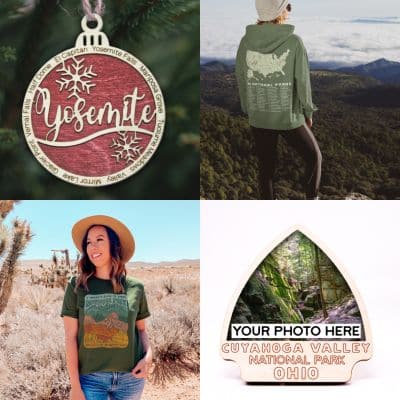Visiting Rocky Mountain National Park
- Jennifer Melroy
- Last Modified January 23, 2024
- First Published on October 31, 2020
Planning a trip to Rocky Mountain National Park and need some help planning your trip?
Here is the National Park Obsessed guide for visiting Rocky Mountain National Park, Colorado.
The Quick Guide to Visiting Rocky Mountain National Park
Rocky Mountain National Park Basics
Region: Intermountain / Rocky Mountain / West Coast
Park Size: 265,461 acres (414.78 sq miles) (1,074.28 sq km)
Location: Larimer, Grand, and Boulder counties
Closest Cities: Estes Park and Grand Lake, Colorado
Busy Season: June to September
Visitation: 4,670,053 (in 2019)
How much does Rocky Mountain National Park Cost?
Rocky Mountain National Park costs the following:
- 7-day Passenger Vehicle Pass – $25
- 7-day Motorcycle Pass – $25
- 7-day Individual Pass – $7
An annual Rocky Mountain National Park Pass costs $70but it is not recommended you buy this pass. For an extra $10 you can get an American the Beautiful Pass. This $80 pass offers free admission to all 116 fee-charging National Park Units.
When is Rocky Mountain National Park Open?
Rocky Mountain National Park is open year-round, but many of the park roads close for winter.
Are dogs allowed in Rocky Mountain National Park?
Yes, pets are allowed in Rocky Mountain National Park but are limited to developed areas. Pets are not allowed on trails, tundra or meadows in Rocky Mountain National Park. Please review the Rocky Mountain Pet Policy before bringing your dog to Rocky Mountain.
Where are Rocky Mountain National Park’s visitor centers?
Alpine Visitor Center – May to October
Beaver Meadows Visitor Center – Open Year Round
Fall River Visitor Center – Open Year Round
Holzwarth Historic Site – Open Year Round
Kawuneeche Visitor Center – Open Year Round
Moraine Park Discovery Center – Open late Spring to mid-Fall
Sheep Lakes Information Station – Open Year Round
Land Acknowledgments for Rocky Mountain National Park
The National Park known as Rocky Mountain National Park sits on Eastern Shoshone, Arapaho, Cheyenne, and Núu-agha-tʉvʉ-pʉ̱ (Ute) lands.
Thank you to the Native Land Digital for making the Indigenous territories accessible to all. They have mapped the known territories to the best of the current knowledge and is a work in progress. If you have additional information on the Indigenous nations boundaries, please let them know.
Native Land Digital is a registered Canadian not-for-profit organization with the goal to creates spaces where non-Indigenous people can be invited and challenged to learn more about the lands they inhabit, the history of those lands, and how to actively be part of a better future going forward together.
Where to stamp your National Parks Passport Book in Rocky Mountain National Park?
The National Park Passport Book is the BEST and cheapest National Park souvenir. Every National Park Obsessed person should have one of these books.
If you are new to the National Parks, you can learn more about the National Parks Passport program here or jump right in by ordering the ever-popular Classic National Parks Passport or get the National Park Obsessed’s National Park Passport & Journal
IMPORTANT: Do NOT stamp your government-issued passport.
There are 11 official Stamps for Rocky Mountain National Park. Here is the list of National Park Passport Stamps you can get in Rocky Mountain National Park:
- Bear Lake – 9475 FT (National” is misspelled)
- Beaver Meadows Visitor Ctr.
- Continental Divide (This Stamp May Not Exist)
- Fall River Visitor Center
- Fall River Visitor Ctr.
- Grand Lake, CO
- Grand Lake, CO (Dashed-line Border)
- Holzwarth Historic Site
- Longspeak-14,259 Ft.
- Moraine Park Discovery Ctr.
- National Park
- RMNP • Alpine Visitor Ctr. Elevation 11,796 FT.
- RMNP Alpine Visitor Center Elevation 11,796 FT
- RMNP Alpine Visitor Center Elevation 11,796 FT
- Wild Basin
Bonus Stamps:
- Bear Lake With Image Of Bear
- Image Of Backwards G And H
- Junior Ranger
- Longs Peak
- NPS
- Rocky Mountain National Park
- Wild Basin
Rocky Mountain National Park Passport Stamp Locations
Here are all the locations where you can find the Rocky Mountain National Park Passport Stamps.
- Alpine Visitor Center
- Bear Lake Ranger Station
- Beaver Meadows VC
- Fall River Visitor Center
- Hidden Valley RS / Junior Ranger HQ (BONUS ONLY)
- Holzwarth Historic Site Visitor Contact Station
- Kawuneeche Visitor Center
- Longs Peak Ranger Station
- Moraine Museum Visitor Center (Moraine Discovery Center)
- Wild Basin Ranger Station
National Park Obsessed’s Detailed Guides to Rocky Mountain National Park
General Information on Visiting Rocky Mountain National Park
Rocky Mountain National Park Lodging
Other Articles featuring Rocky Mountain National Park
Jennifer Melroy
Hi, I'm Jennifer!
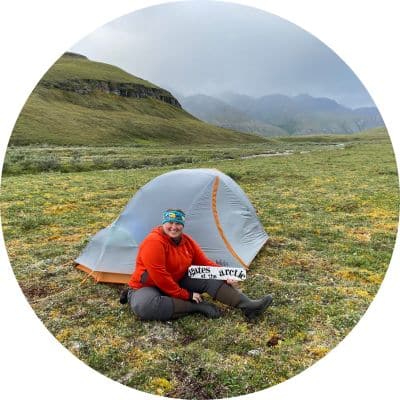
Welcome to the wonderful world of National Parks. I'm here to help you plan your NEXT amazing adventure through the United States National Parks and beyond. I want the national parks to be accessible to all.
I live in Tennessee, and when I'm home, you can find me hiking in the Smokies and the Cumberland Plateau.
58/63 National Parks
250+/423 National Park Units
Want to know more? Start Here.
ACKNOWLEDGEMENT OF LAND
On this site, we promote travel to the United States and beyond that are the traditional lands of Indigenous and First Nations peoples.
With respect, I make a formal land acknowledgment, extending my appreciation and respect to these lands’ past and present people.
To learn more about the people who call these lands home, I invite you to explore Native Land.
DISCLAIMER
National Park Obsessed assumes no responsibility or liability for any errors or omissions in the content of this site (NationalParkObsessed.com). The information contained in this site is provided with no guarantees of completeness, accuracy, usefulness or timeliness. You are encouraged to conduct your own due diligence before acting on the information provided on this site and should not rely on the opinions expressed here.
There is an inherent risk in all outdoor recreation activities, the reader assumes all responsibility for their own personal safety.
DISCLOSURE
We are a participant in the Amazon Services LLC Associates Program, an affiliate program designed to provide a means for us to earn fees by linking to Amazon.com and affiliated sites.
Privacy Policy • About Us • Contact
Select stock photography provided depositphotos
Copyright ©2023 National Park Obsessed, LLC
Privacy Overview
Last Updated on 23 Jan 2024 by Jennifer Melroy
